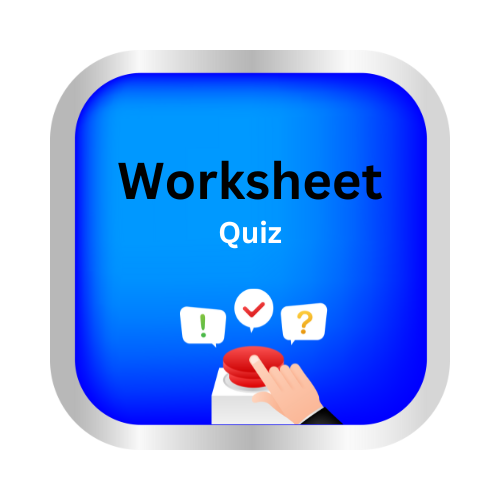What Is Combustion?
what is combustion by Delta publications
key notes :

Definition of Combustion:
- Combustion is a chemical reaction in which a substance (fuel) reacts with oxygen to produce heat and light. This process is commonly known as burning.
Types of Combustion:
Complete Combustion: Occurs when there is a sufficient supply of oxygen. The products are carbon dioxide (CO₂) and water (H₂O).
- Example: CH₄ + 2O₂ → CO₂ + 2H₂O (Methane combustion)
Incomplete Combustion: Happens when oxygen supply is limited. The products can include carbon monoxide (CO), soot (carbon), and water.
- Example: 2CH₄ + 3O₂ → 2CO + 4H₂O (Methane combustion with insufficient oxygen)
Conditions for Combustion:
- Fuel: A substance that burns, such as wood, gas, or coal.
- Oxygen: Necessary for the reaction to occur. Air is about 21% oxygen.
- Heat: Initial energy to start the reaction, known as activation energy.
Exothermic Reaction:
- Combustion is an exothermic reaction, meaning it releases energy in the form of heat and light.
Examples of Combustion:
- Burning wood in a fireplace.
- Lighting a match.
- The burning of fossil fuels (coal, oil, natural gas) in vehicles, power plants, and homes.
Importance of Combustion:
- Energy Source: Provides energy for heating, cooking, and powering vehicles.
- Industrial Use: Combustion reactions are used in various industries to produce energy and materials.
- Environmental Impact: Incomplete combustion can lead to air pollution, such as the formation of carbon monoxide and particulate matter.
Safety Considerations:
- Proper ventilation is needed to avoid the buildup of dangerous gases like carbon monoxide in incomplete combustion.
- Fire safety practices are important to prevent uncontrolled combustion, such as fires.
Combustion and the Carbon Cycle:
- The carbon dioxide produced during combustion is a greenhouse gas that contributes to climate change, as it traps heat in the Earth’s atmosphere.
Let’s practice!

